Yes! You Can Clean Silver in the Dishwasher
Contrary to popular belief, you can put silver in the dishwasher without causing harm, provided you are careful to follow a simple set of rules.
I grew up being fearful of the oddest things. I wasn’t bold enough to question why, so I just did as I was told. Here’s one: Never, ever put silver in the dishwasher. Ever!
I didn’t know what would happen if I did, but you can be sure that my fear of the unknown made certain I didn’t come close to finding out. Until my rebellious years.
Once I had my own china and my own silver, I was reckless enough to believe I wouldn’t go to jail if I violated this particular “Thou shalt not!” I was reminded of what I’ve learned about putting silver in the dishwasher when the following question showed up in my inbox:
I have a set of silver flatware that I use daily and wash in the dishwasher. I notice that after a few times through a normal cycle, the pieces become very tarnished. It is not a particularly good set, just a nice set of flatware for daily use. Do you think that the dishwashing detergent is tarnishing the silver? Anne
Dear Anne: I believe the serious problem is the way you’re loading the machine and also your choice of dishwasher detergent.
Case in point: This small pie server is one of my favorite things. I love it for its size and the way it feels in my hand. I use it daily and it goes in the dishwasher every evening—by itself in its own little compartment so that it is not touching any other type of metal. Since I inherited it many years ago I have done nothing to it but follow the rules (coming right up), use it, clean it, and enjoy it.
Tarnish vs. electrolytic reaction
Tarnish is the result when sulfur in the air reacts with silver. What you see on your flatware that’s been through the dishwasher is not tarnish but rather an electrolytic reaction that occurs when silver comes in direct contact with other types of metal in the dishwashing process. I’m going to assume that you include other items in the dishwasher along with the silver pieces. But don’t worry, there is an easy way to prevent this.
If you have silver pieces that are very tarnished, you need to give them a good cleaning using the best metal polish ever, Simichrome Polish. Once polished, frequent use and proper cleaning is the best way to prevent tarnish build-up.
Also available in this smaller size tube.
Polishing vs. cleaning
It is important to know that when it comes to silver, cleaning and polishing are not the same. Polishing should be an occasional activity while cleaning is something you do to your silver after every meal. The dishwasher is an excellent way to take care of cleaning both silver plate as well as sterling silver flatware.
How to clean silver in the dishwasher
Rule 1
Only solid flatware and silver pieces in the dishwasher. That means no pearl handles, no items with glue joints, no weighted/reinforced items. If your flatware includes hollow handle knives, you must not put those knives into the dishwasher. They must be washed by hand.
Rule 2
Rinse off all silver pieces immediately after use. Don’t let food sit on silver as it may cause corrosion or pitting.
Rule 3
Don’t let the silver pieces touch any other type of metal, including stainless, which will leave marks on your silver that are very difficult to remove. It will require a good silver polish like the one mentioned above and a lot of elbow grease. You can put silver in the same dishwasher load as stainless, just in different flatware compartments. Never allow the two materials —silver and stainless steel—to touch or otherwise come into direct contact.
Rule 4
When washing silver in the dishwasher, stick with the normal or delicate cycle, not a heavy-duty setting or high-temp sanitizing type option.
Rule 5
When washing silver, only use automatic dishwasher detergent that does not contain lemon, citrus, or phosphates. Cascade Complete is an excellent choice as it is phosphate-free with no lemon or citrus added.
Now that the silver is clean, use it and enjoy it!
First published: 11-3-16; Updated & republished 1-24-24
Everyday Cheapskate participates in the Amazon Services LLC Associates Program, an affiliate advertising program designed to provide a means for us to earn from qualifying purchases, at no cost to you.
More from Everyday Cheapskate
Please keep your comments positive, encouraging, helpful, brief,
and on-topic in keeping with EC Commenting Guidelines
Last update on 2024-04-25 / Affiliate links / Images from Amazon Product Advertising API

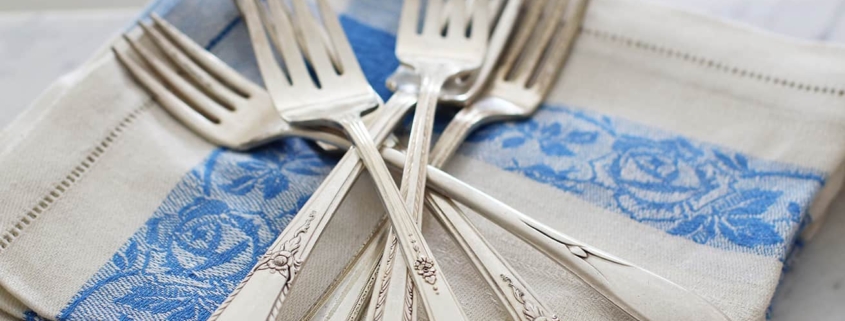



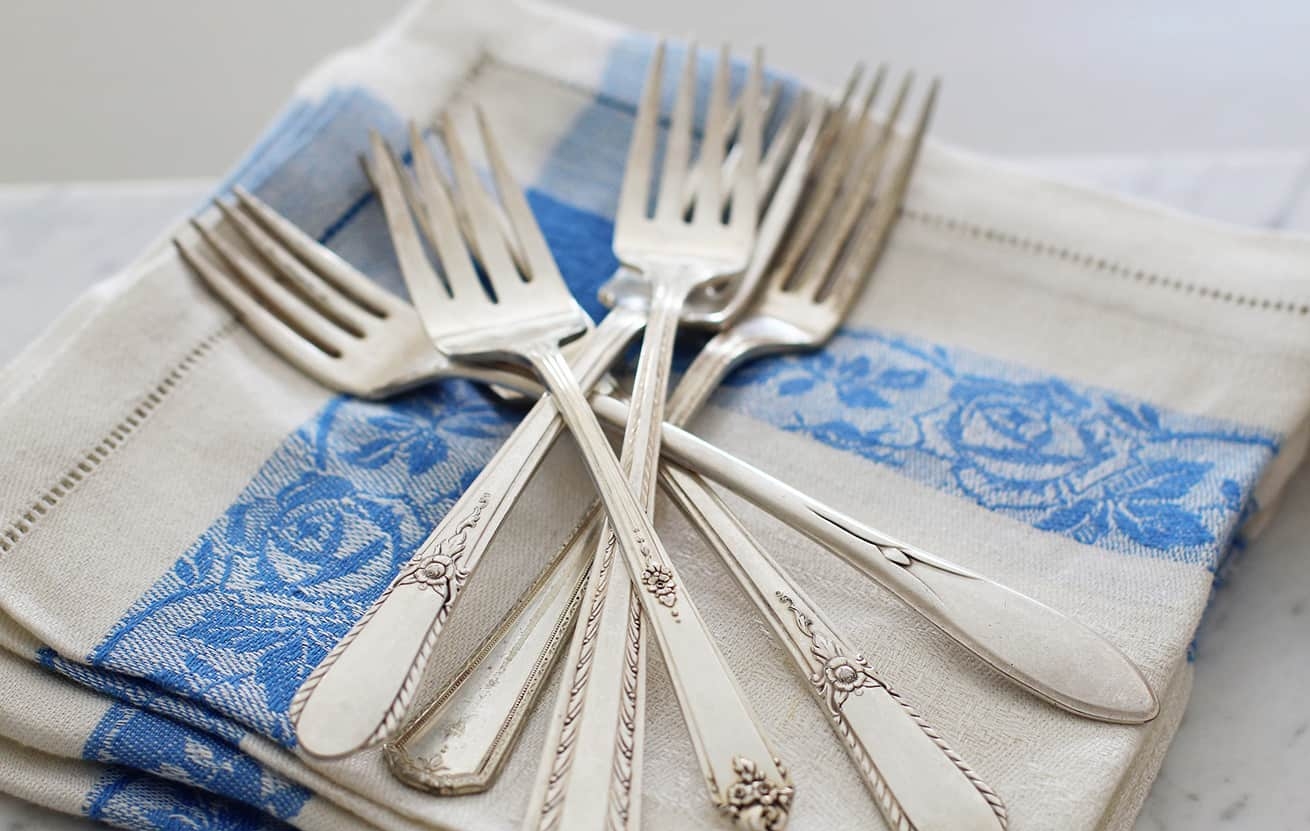
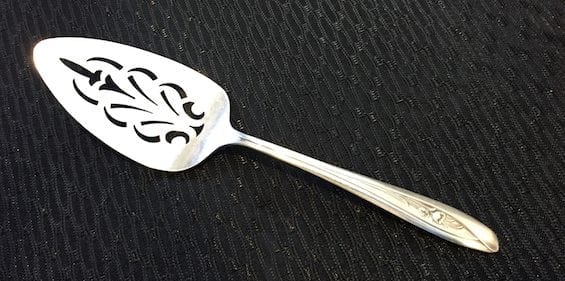





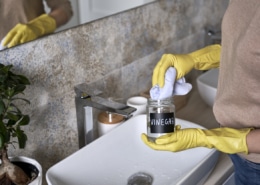

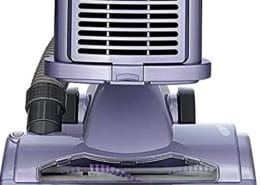
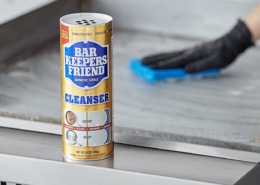
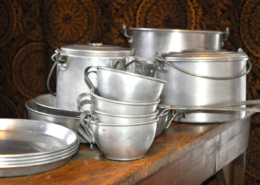
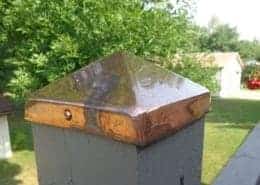
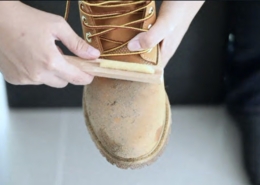


Thank you for this article! How do I know if I have hollowed out knives and why is it bad for them to go in the dishwasher? Thank you!
Hollow knives are manufactured in two parts, that are basically “glued” together. The heat in the dishwasher can destroy those bonds. You can tell by looking if the knife has been at one time two parts that were than “melded” together.
Where can I buy silverware safe dishwasher powder in New Zealand?
Have looked many places but can’t find any safe product.
Thanks
Hi Mary,
One Christmas a silver serving spoon was left in the container of lutefisk while we ate dinner.
The spoon didn’t look tarnished until it was removed from the lutefisk.
The submerged part of the spoon came out looking like it had been cleaned and polished.
Mom & I still consider lutefisk a Christmas treat but other family members disagree!
Thank you for your articles. I look forward to your daily email.
I’ve heard about lutefisk, never tried it. I understand it has a certain, well … um, fragrance! As for “cleaning” that spoon, I’m suspecting that the salt and lye used to make lutefisk may have something to do with it. Please don’t consider this a recommendation for cleaning silver, as I cannot guarantee that a salt and lye combo will not damage or even remove some of that utensil’s silver plating.
I have washed “everyday” (thrift find) silver plate in my dishwasher for a number of years with good results. I use cascade platinum, rather than cascade complete. Is that acceptable? I have a very good set of silver plate that I rarely use and have always washed it by hand. This is good information to have so I can feel comfortable putting it in the dishwasher.
Thanks for this! Do you have any recommendations for rinse aids without citric acid? Jet Dry and Cascade Platinum both contain it, and we’re trying to find an option that won’t tarnish our plated flatware.
I’d skip the rinse aide when washing silver in the dishwasher unless you can find one that does not have citric acid. A good alternative is fill your rinse aid reservoir with white vinegar instead of commercial rinse aid.